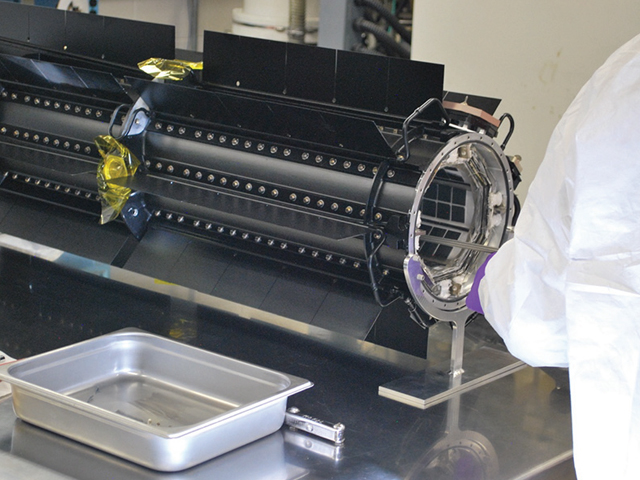Resources
Next Generation Radioisotope Thermoelectric Generators

Radioisotope Power Systems (RPS) have been a trusted source of safe, reliable, long-lived electrical power and heat for space exploration missions bound for destinations across the solar system—and beyond—for more than six decades.
NASA missions have used several generations of RPS, developed andbuilt by the U.S. Department of Energy (DOE), to meet their scientific and operational needs. Most of these missions flew various evolutions ofRadioisotope Thermoelectric Generators (RTGs). This type of space nuclear power system converts heat into electricity without using moving parts. Recent science mission concept studies of long-duration voyages, tochallenging space environments such as the outer solar system, have identified a clear need for higher power levels than what can be easilyprovided by the current flight system, the Multi-Mission RTG (MMRTG), that is providing power for NASA’s Curiosity and Perseverance rovers on Mars.
To meet this future demand, the NASA-DOE RPS Program has initiated a project to revive and revitalize the General Purpose Heat Source-RTG (GPHS-RTG) used with great success by missions such as Galileo to Jupiter, Cassini to Saturn, and New Horizons to Pluto and the Kuiper Belt.
Known as the Next Generation RTG, this power system builds upon the successful technical heritage of the GPHS-RTG and provides more than twice the power of an MMRTG (an estimated 245 watts electric per unit), with a significantly slower power degradation over time, thus providing more energy at the end of a long cruise to Uranus or Neptune, for example.
Credit
NASA/U.S. Department of Energy


